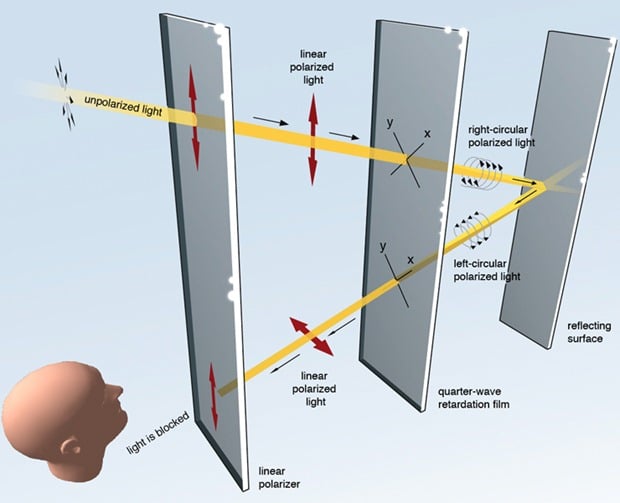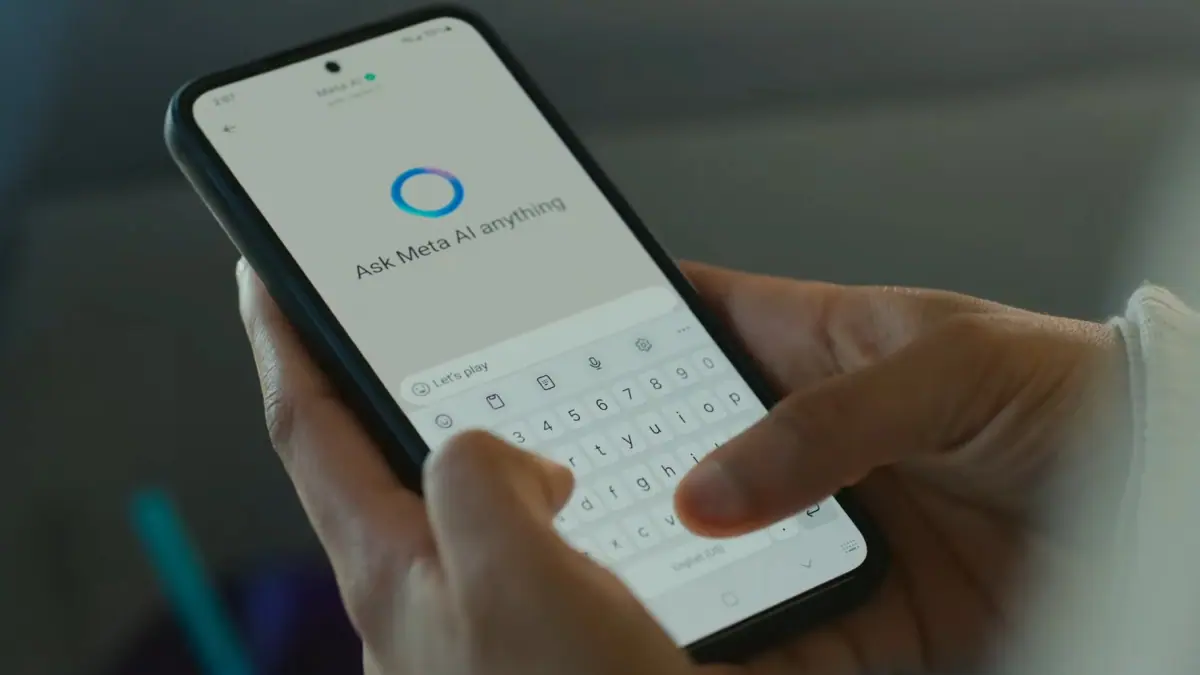Nokia explains ClearBlack display technology
2 min. read
Published on
Read our disclosure page to find out how can you help MSPoweruser sustain the editorial team Read more


Nokia has been touting their ClearBlack display technology for some time, but to be truthful I never really understood what it was about, except for producing a better looking screen.
Nokia must have realized the problem, as they posted a article today explaining the feature as simply as possible (while still talking about polarized light of course).
ClearBlack display uses a sequence of polarising layers to eliminate reflections, allowing the screen to look brighter even outdoors.
The Polariser layers used in the display solutions “process†light many times on its way in and out of your Nokia’s phones´s screen, using both a linear polariser and retardation layers between the surface of your phone and the display.
The sequence is explained in the graphic above:
- Light hits the linear polariser, this vertically polarises the light. (Polarising means – roughly – aligning the wave vibration in a particular direction).
- Then it hits the circular polariser retardation layer. This converts the light again, making it right-circularly polarised.
- Then it hits the screen and bounces off it, switching the rotation of the light to leftist.
- It goes back through the retardation layer. When this happens, the light becomes horizontally polarised.
- Finally, it hits the linear polariser, since the light is horizontally polarised at this point it can be blocked entirely by this optical solution.
Light from the phone’s display does not get blocked as it only goes through the second half of this journey so the light is unpolarised when it hits the final filter and goes through.
Clear as mud? Read more at Nokia here.









User forum
0 messages